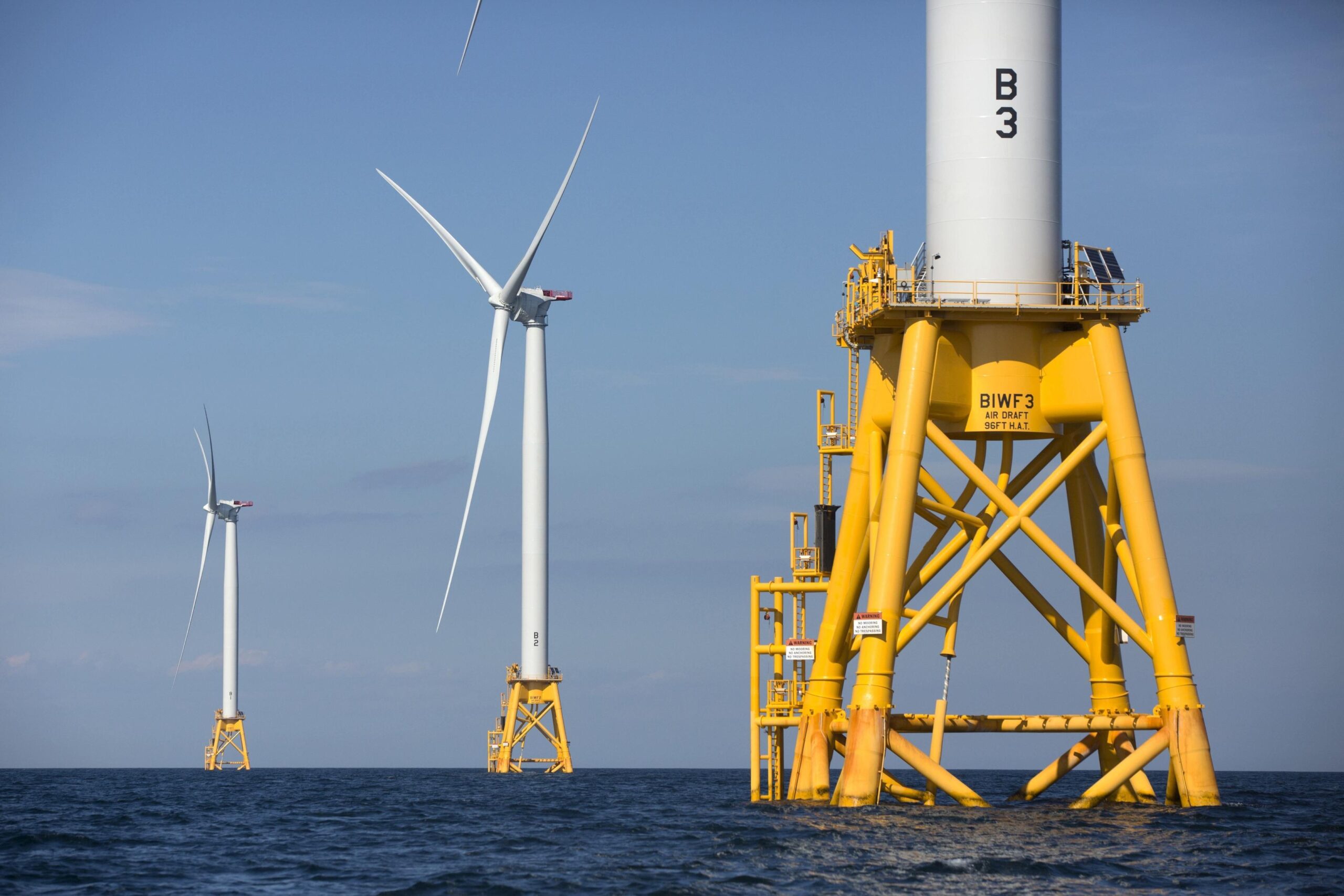Annual New England Offshore Wind Conference features Gov. Gina Raimondo
Rhode Island recently agreed to building an offshore wind farm. Photo from the Providence Journal.
The eighth Annual New England Offshore Wind Conference, held on Dec. 2, featured many prominent leaseholders, government legislators, developers and environmental advocacy groups who discussed developments in local renewable energy.
“We need to create this safe, clean, and reliable source of energy,” said Wayne Cobleigh, vice president of GZA GeoEnvironmental, an environmental management company. “The people and the planet need it now.”
In a prepared video, Rhode Island Gov. Gina Raimondo highlighted the accomplishments of offshore wind energy in Rhode Island. The state has become home to the nation’s first offshore wind farm and has been home to many clean-energy companies, according to Raimondo.
“I set a goal for Rhode Island to become the first state in the country to be powered by 100 percent [renewable energy] by 2030,” Raimondo said. “It’s bold, but we can do it, and we need the offshore wind industry at the heart of it.”
Following Raimondo’s introduction, the conference introduced featured speakers to continue discussing wind energy on the East Coast. United States Department of the Interior Representative James Bennet said there are three essential components to wind development: a wind resource, a buildable environment and market demand.
“We have world-class wind on both the East and West Coast,” Bennet said.
A buildable environment is made possible on the East Coast due to its shallow sloping ocean shelf, according to Bennet. He also called the market for offshore wind energy “tremendous” here, including areas between Washington, D.C. and Virginia and up through Massachusetts.
Bennet said New Jersey and New York have “very aggressive” goals for renewable energy, calling these states, along with Massachusetts and Rhode Island, leaders of the Northeast for renewable energy.
According to Commissioner of Connecticut’s Department of Energy and Environmental Protection Katie Dykes, Connecticut Gov. Ned Lamont committed the state to meet a 100 percent zero-carbon electric grid by 2040 through an executive order. Dykes said Connecticut is well on its way to meeting this goal.
“Recent commitments to offshore winds make up a really critical part of our state’s progress,” she said. “Like many of our sister states in New England and around the country, we have a statutory goal to reach 80 percent reduction in our greenhouse gas emissions economy-wide by 2050.”
Representatives from Maine and Massachusetts also spoke on behalf of their progress.
The next segment of the program was moderated by Co-chair of the Environmental Business Council Conference Nathalie Schils. This panel featured wind farm developers and leaseholders from New England.
Sophie Lewis, a representative of energy companies Ørsted and Revolution Wind, discussed how offshore wind has affected Rhode Island. Ørsted has partnered with Eversource, a New England-focused energy company, to create Revolution Winds, according to Lewis.
Revolution Winds will provide offshore wind energy to Rhode Island and Connecticut.
“We are delighted that [Ørsted] operates America’s first offshore wind farm on Block Island,” Lewis said. “One of the key investments we are making is on the Innovation Hub in Rhode Island. We have an intent to deliver good, local jobs [with Revolution Winds].”
The Innovation Hub in Providence is the first North American hub for Ørsted. The Hub is a space designed for collaborative work to promote energy conservation and the environment. This investment was also highlighted in Raimondo’s remarks.
Representatives from Vineyard Wind, Mayflower Wind Energy and Equinor Wind U.S. spoke as well.
“This has been our first virtual offshore wind program and there were over 150 people on at one point,” Cobleigh said in his closing remarks, “so we know that there’s a lot of interest in this.”

